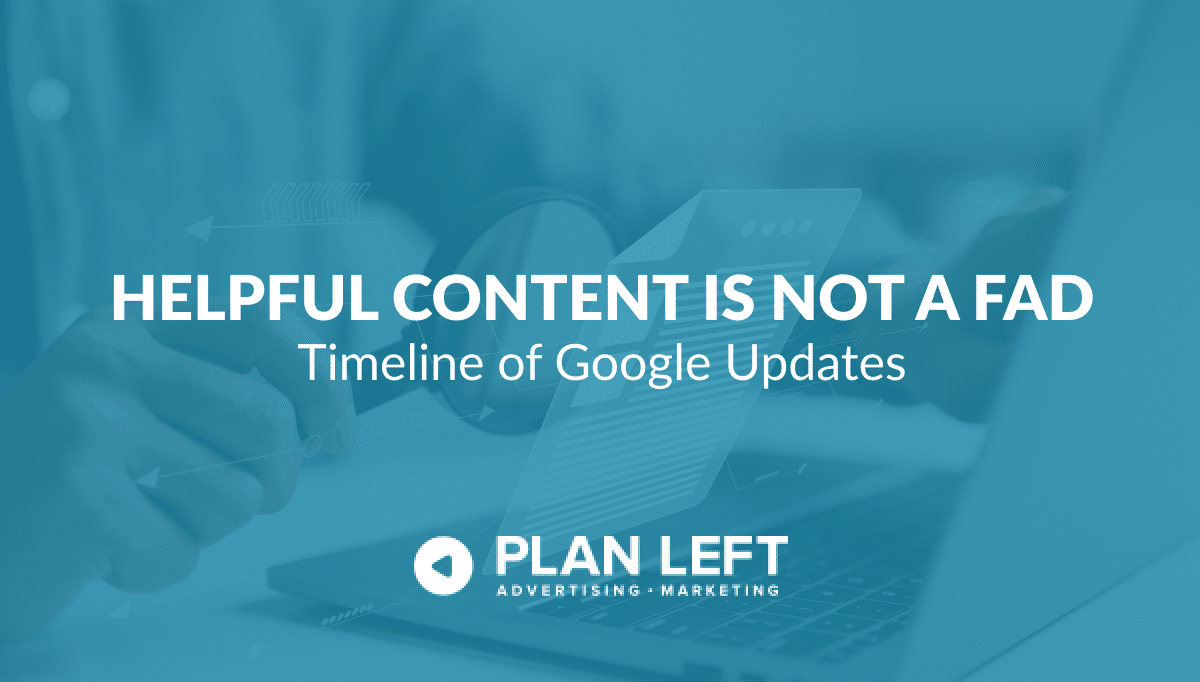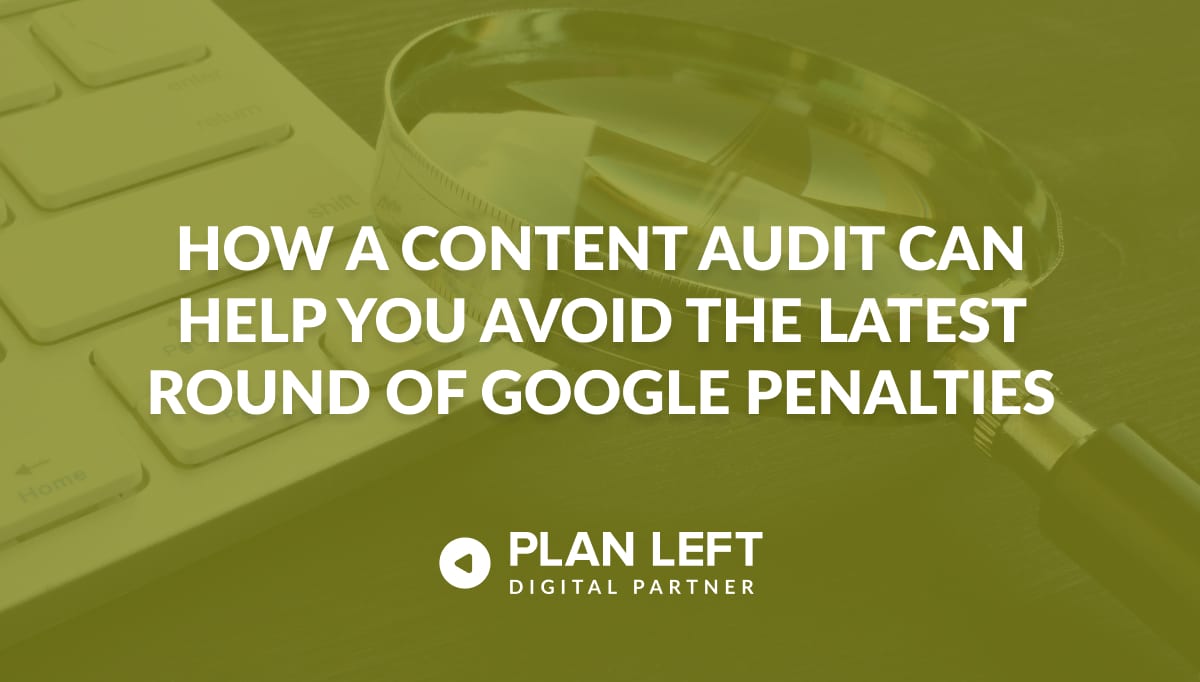
Updated Content on 06/22/2023
Search engine optimization (SEO) and inbound marketing are two crucial components of digital marketing that businesses use to increase their online visibility, attract more traffic to their website, and ultimately drive conversions. While some use the terms SEO and inbound marketing interchangeably, they are two distinct strategies that work together to help businesses achieve their marketing goals.
So, what’s the difference, and how do they work together? Let’s define the two strategies and examine how they mix in content and social media marketing.
What’s the Difference Between SEO and Inbound Marketing?
SEO is the process of optimizing a website’s content and structure to improve its visibility and ranking on search engine results pages (SERPs). This involves conducting keyword research, creating high-quality content, building backlinks, and ensuring the website is user-friendly and easy to navigate.
Inbound marketing, as we know from our previous two posts, is a holistic marketing approach that involves creating valuable content and experiences that attract, engage, and delight customers. It consists of leveraging various digital channels, such as social media, email, and content marketing, to build relationships with customers and move them through the sales funnel.
While SEO focuses on improving a website’s visibility on search engines, inbound marketing focuses on creating a seamless customer experience that encourages them to engage with and become loyal to the brand.
SEO technically falls under the umbrella of inbound marketing. However, the two strategies work hand in hand to create a comprehensive digital marketing strategy.
The Benefits of SEO and Inbound Marketing
As previously mentioned, inbound marketing is about being there for consumers when looking for your brand or similar products. This is a much more popular approach than outbound marketing in this age of consumer independence. There are a couple of reasons why.
One of the key benefits of using SEO and inbound marketing together is that they are both cost-effective strategies. While outbound marketing can be expensive, SEO and inbound marketing involve creating high-quality content and experiences that attract customers naturally. Although you’ll still have to dish out some coin to promote your content, SEO can pull in a lot of consumers without breaking the bank.
Another benefit of using SEO and inbound marketing is that they are both measurable strategies. By tracking key performance indicators (KPIs), such as website traffic, leads generated, and conversions, businesses can monitor the effectiveness of their digital marketing efforts and make data-driven decisions to improve their ROI.
SEO and inbound marketing really are a power couple.
Using SEO in Inbound Marketing
Inbound marketing includes numerous tactics like websites, blogs, podcasts, email, social media, and other forms of content marketing. SEO fits into most of these tactics in some way or another.
Content Marketing
Businesses can attract more organic traffic by optimizing their website for search engines. Look at your web page URLs, page speed, broken links, duplicate content, and more to ensure your website meets Google’s SEO standards. Better SEO means more traffic.
You can convert this traffic into leads and customers through inbound marketing tactics like email and content marketing. Similarly, by creating valuable content and experiences, businesses can attract more backlinks to their website, improving their SEO ranking.
Blogging goes hand in hand with SEO. 71% of bloggers say that SEO is the most important traffic source, so it’s crucial to get it right.
To optimize a blog for SEO, businesses should focus on creating quality content that is relevant and engaging to their target audience. What kinds of questions do consumers need answers to? Answer them proactively in your blog. And ALWAY write for humans first, not for Google’s algorithms. SEO is important, but it will come naturally when you keep your readers as the top priority.
The best way to start your SEO strategy is to conduct thorough keyword research to identify the terms and phrases potential customers are searching for and incorporate them strategically into blog posts. Relevant keywords will also benefit the SEO of podcasts, videos, and even social media (which we’ll discuss in a minute).
Businesses should also create well-structured blog posts with headings, subheadings, and bullet points to make them easy to read and navigate. Additionally, including internal and external links in blog posts can help improve the website’s SEO ranking by increasing its authority and credibility.
By consistently optimizing valuable content for SEO, businesses can improve their online presence and attract more traffic to their website.
Social Media
Social media doesn’t always appear on Google as blogs and other content do. However, these two inbound strategies still work together.
Social media platforms such as Facebook, Twitter, and LinkedIn have become increasingly popular channels for businesses to connect with customers and promote their products and services. Companies can increase their visibility and reach a larger audience by optimizing their social media profiles and content for search.
Businesses should conduct keyword research to identify the words and phrases their target audience is searching for. Then they can incorporate those keywords into profile descriptions, headlines, and captions and use relevant hashtags to help their content appear in search results. Additionally, businesses should focus on creating high-quality, engaging content that encourages social media users to share and engage with their posts, which can increase external links (and Google loves external links).
Google is also big on local content, so posting about local events and news with location tags will drive your SEO. Higher follow counts are another way to improve your credibility in Google’s eyes.
SEO and inbound marketing are essential for a successful digital marketing strategy. By using SEO and inbound marketing together, businesses can create a comprehensive digital marketing strategy that delivers results.
Are you interested in tapping into these benefits for your company? Reach out to us to learn how we can help weave SEO into your inbound marketing campaigns.
Explore Latest Posts
Google says the quality of your webpage is a ranking factor, but what is ‘quality’ according to Google? That would ... read more
April 19, 2024
In 2011, Google first changed how content was written with the Panda Update by changing how keywords could be used ... read more
April 17, 2024
The latest Google algorithm changes have shaken the search marketing world. While the Google Spam update has finished, the Google ... read more
April 16, 2024
MARKETING insights
Join the Thousands Who Receive Our Twice-Monthly Newsletter.
It's hard to keep up. Our newsletter is packed with buyer behavior insights, the latest marketing and technology updates, work/life balance tips, and—because we ❤️ our support staff—adorable pets looking for forever homes. Only twice per month. No clogged inboxes. You can't say no.




